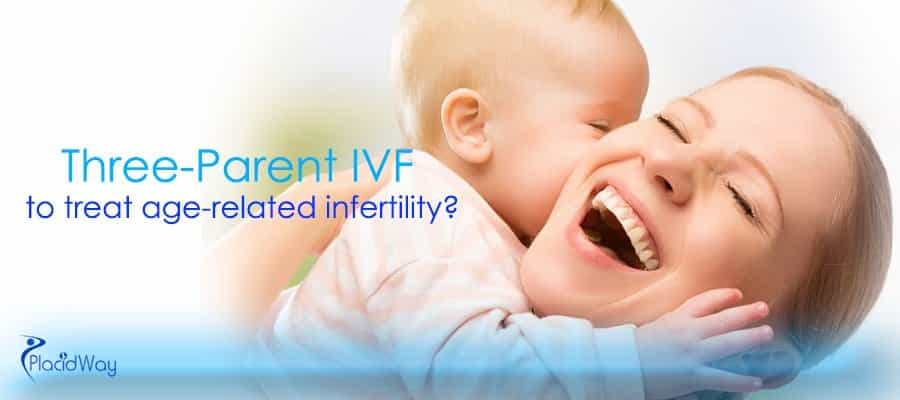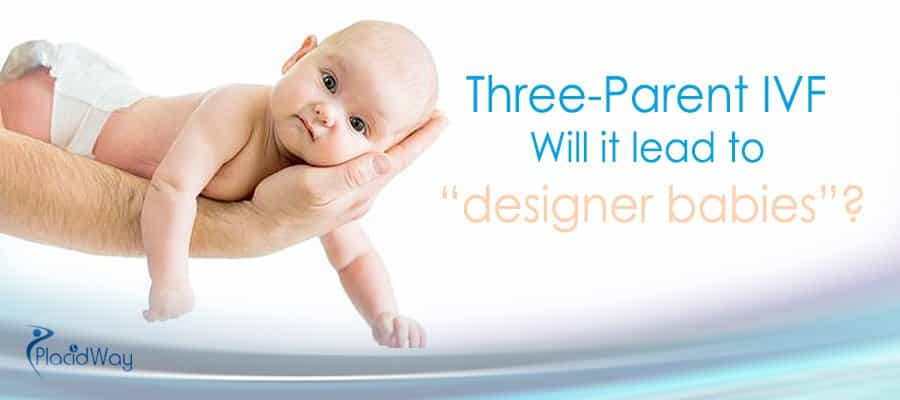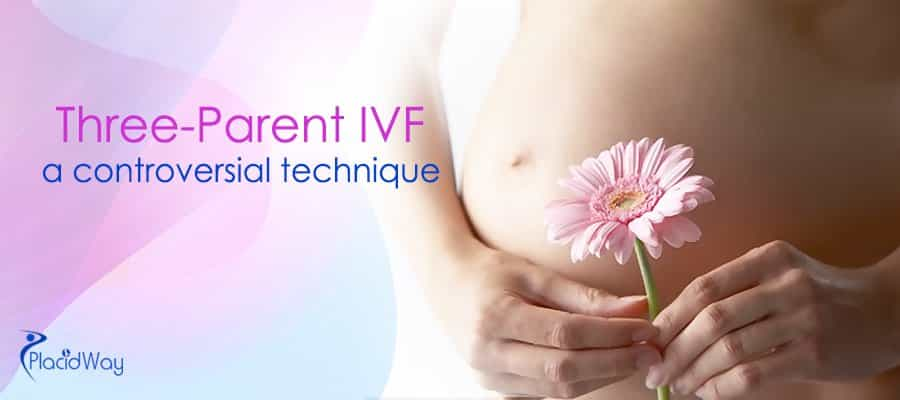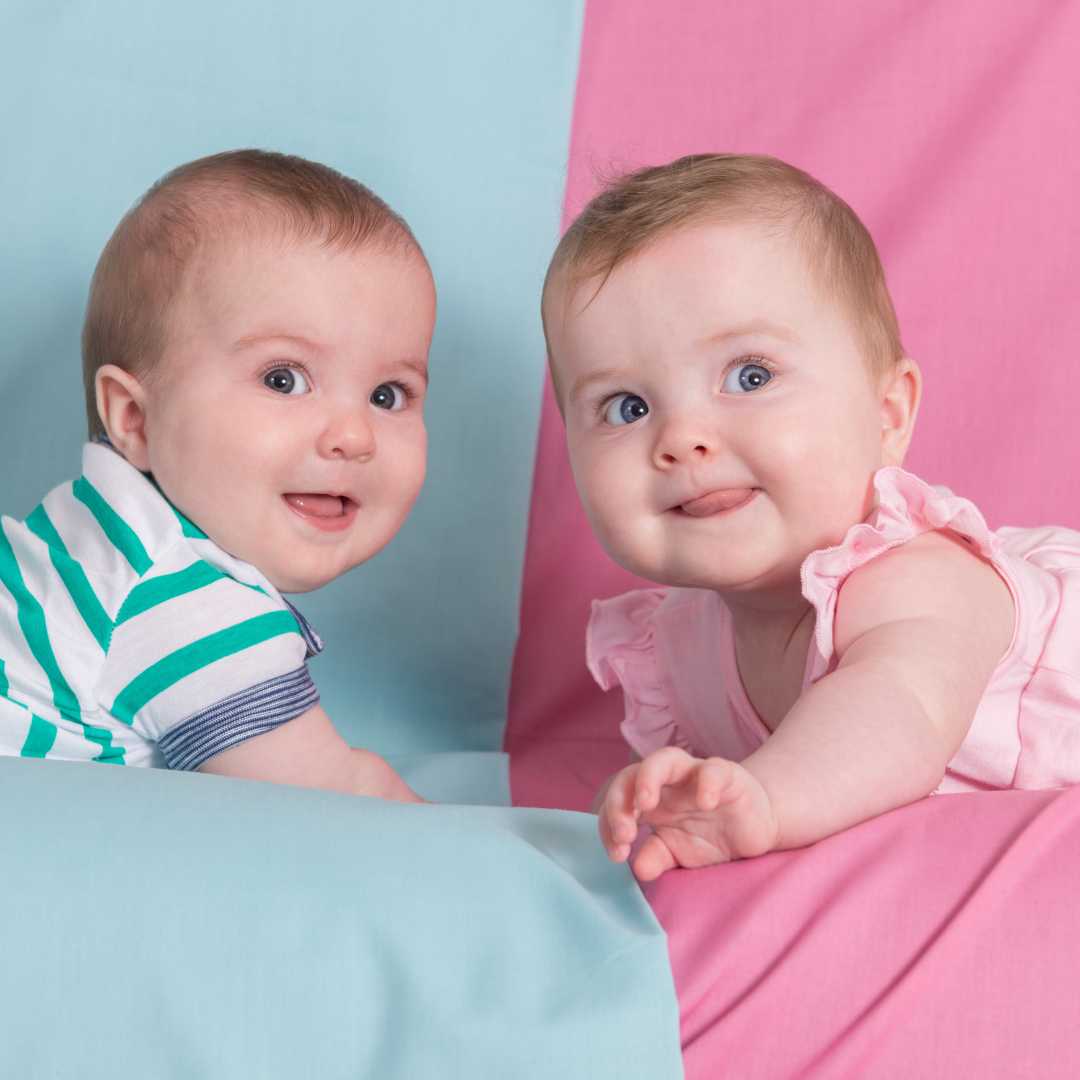Three-Parent IVF, The controversial Technique That Could Extend Women’s Fertility
So-called Three-Parent IVF creates human embryos through a specialized form of in vitro fertilisation using the DNA of three donors. Three-parent babies have three genetic parents: the mother, the father and a donor woman whose oocyte will house the nuclear DNA of both parents in order to avoid the inheritance of rare mitochondrial diseases. The British are leading the way on this form of treatment and UK is now set to become the first country to legally allow the creation of babies from three people.
What is Three Parent In Vitro Fertilization (TPIVF)?
The process of producing a three-parent baby involves taking the nucleus of one egg and inserting it into the cytoplasm of another egg which has had its nucleus removed, but still contains mitochondrial DNA, and then fertilizing the hybrid egg with a sperm.
The three-parent IVF is considered a controversial technique because it would result in babies having DNA from three people: two mothers and one father. The procedure that involves replacing the defective cellular material of a woman’s eggs with that from a healthy donor might also hold the key to other groundbreaking applications, such as extending women’s fertility by rehabilitating old eggs.
Will the Three-Parent IVF lead to "designer babies"?
The Three-Parent IVF, which was developed in Newcastle, should help women who lose their children to mitochondrial disease. In the normal course of reproduction, all children inherit the mitochondrial DNA of their mothers. Mitochondria are tiny compartments inside nearly every cell of the body that convert food into useable energy, and have their own DNA, which doesn’t affect appearance, for example.
Defective mitochondria are passed down only from the mother and can lead to terrible diseases, such as brain damage, muscle wasting, heart failure and blindness. The Three-Parent IVF uses a modified version of IVF to combine the DNA of the two parents with the healthy mitochondria of a donor woman, which results in babies with 0.1% of their DNA from the second woman - a permanent change that would be passed down through the generations.
Every day, up to 4,000 children in the US and 6,500 in the UK are born with mitochondrial disease, making this ruling an important step in reducing its prevalence worldwide.
Availability
The Three-Parent IVF, still in the research stage, is currently not approved as safe and effective in the United States, and China prohibited it after a woman tried to undergo the procedure. The United Kingdom became the first country to legalize the procedure in a historic vote that recently rocked the world of fertility medicine. British lawmakers approved legislation so that the IVF practice would become law in October 2015, and three-parent babies are expected to be born in Britain as early as next year. Estimates suggest 150 three-parent babies could be born each year.

Three-Parent IVF to treat age-related infertility
This is a crucial moment for the families involved and the world as a whole. Infertility is a big problem for modern society because of women delaying their first pregnancy. When they finally decide to have a baby, the delay has already affected their egg quality.
But older women trying for a baby could soon be offered the Three-Parent IVF. The US scientist who pioneered the technique of mitochondrial transfer has applied for permission to use it as a fertility treatment for women aged over 35 who have difficulty becoming pregnant naturally or by conventional IVF.
Although the proposed British legislation applies to women carrying serious mitochondrial disease, the Three-Parent IVF might be allowed in the US as an infertility treatment to help these women get pregnant.
For more information, click the button bellow and get the answers to your questions.










.png)
.png)
.png)

